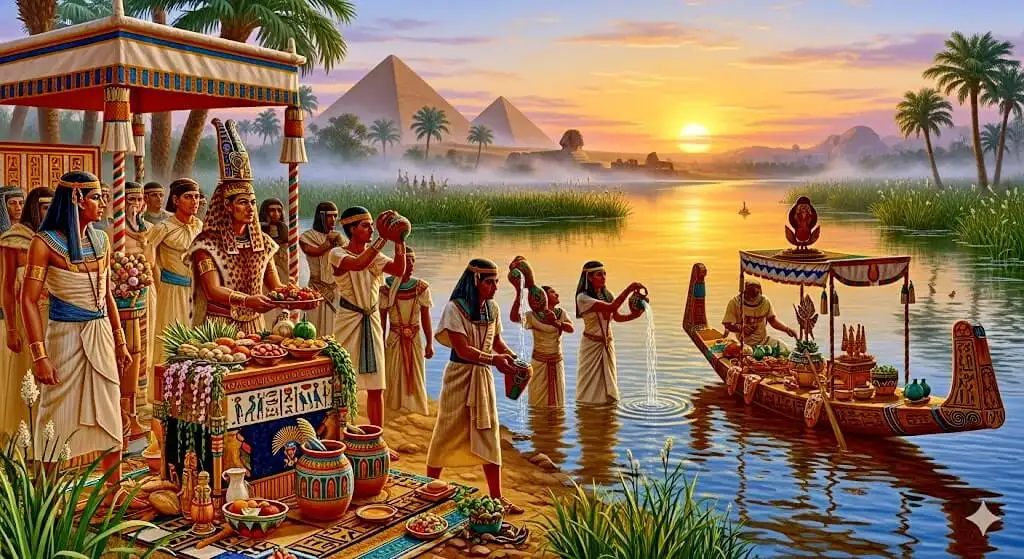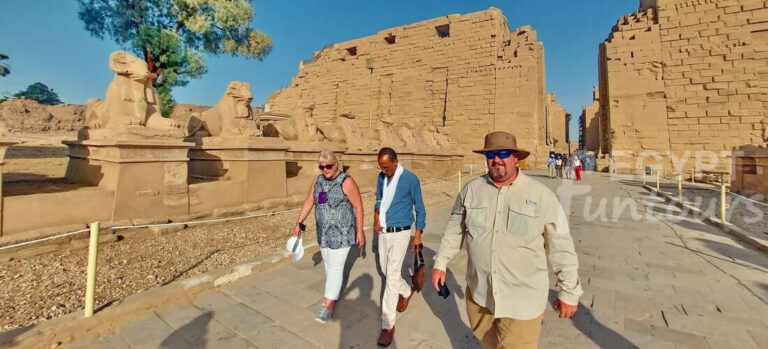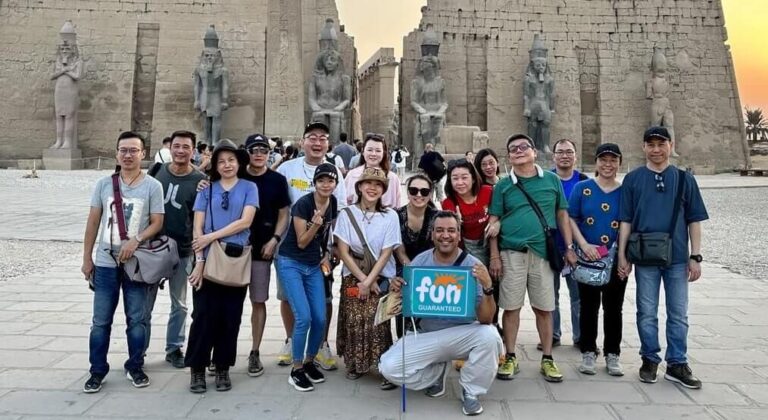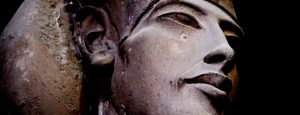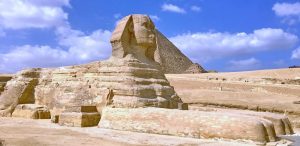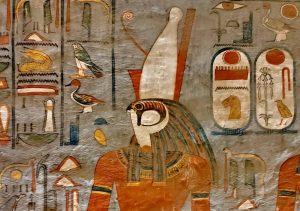The Sacred Flood: Rituals of the Nile Inundation
The Nile River was the lifeblood of ancient Egypt. Its annual flood, known as the inundation or akhet, brought the fertile silt essential for agriculture. Without this predictable event, civilization along the Nile would have been impossible. To honor and encourage this vital flood, ancient Egyptians performed elaborate Rituals of the Nile Inundation. These ceremonies were not mere superstitions; they were fundamental to their religion, economy, and social cohesion, ensuring the prosperity of the entire nation.

